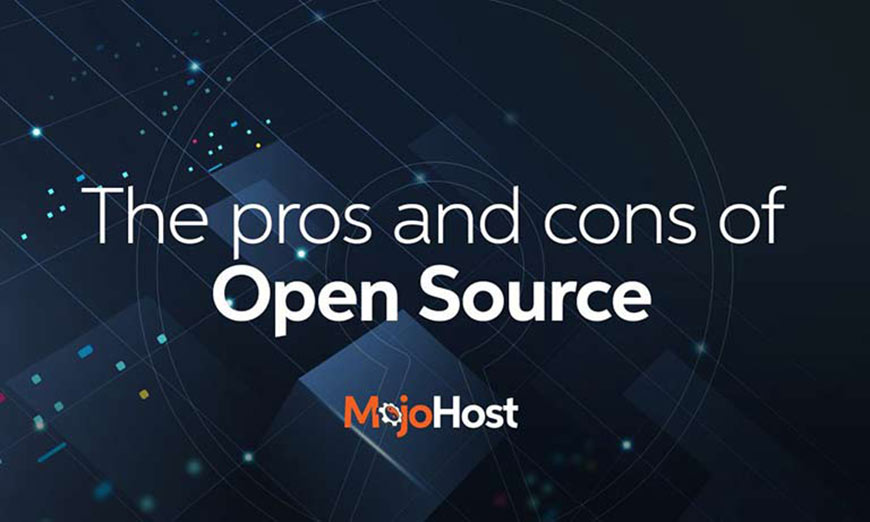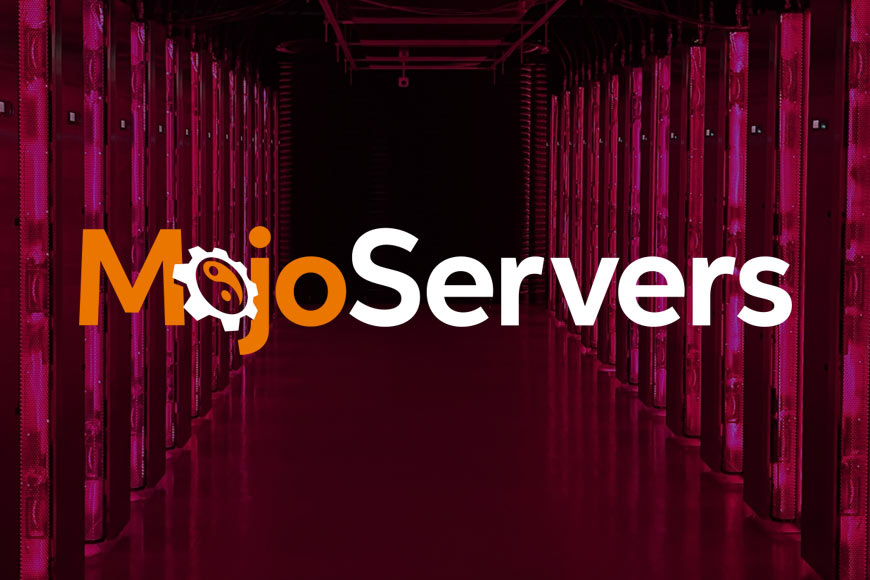Today marks an exciting milestone for MojoHost and the rapidly…

Many people think that open source is a programming term. Others believe that it has something to do with Linux only. There is much confusion around open source software, and many still don’t know what it actually means. So, there is a definite need to give some attention to this concept as well as its do’s and don’ts.
First off, what is Open Source?
As Open Source Initiative states it, this is software for which the code can be reviewed and altered by end users. It is possible to modify the code and to change the software itself, and it is also possible to distribute these modifications freely or even sell them.
Open source is what most of the Internet is built on. PHP, MySQL, Apache, Nginx, Ruby, Mozilla, even Linux itself – are all solutions that are developed using the Open Source model. These and many more are essential components of the world wide web. Users of the Internet are constantly interacting with open source software every day.
Hundreds of open source packages come together to make up one LAMP server running an Open Source CMS like WordPress, for which tens of thousands of people from thousands of fields and areas of expertise, across decades, have contributed work. They built on each others’ work to make this interconnected ecosystem function.
We at MojoHost embrace the open philosophy and help our customers install and run hundreds of projects built on Open Source software. The approvals of different software tends to be very specifically tied to how well it matches to what specific goals one is trying to accomplish. Most large open source projects we work with are suitable for what they were designed to do. When people criticize a particular piece of open source software, very often it is because they’re trying to make it do something that it wasn’t designed to do.
The principle of openness is wider than the sphere of coding but includes other areas, too. Designers create open source fonts and templates, programmers make open source apps for mobile phones and online games, and so on.
Positive sides of this software for users include the following:
- Long-term support. Unlike commercial software that’s being updated and sold for the profit of its manufacturers, open source is being developed constantly and it remains free and available;
- Economy. Initial and new versions of the software cost nothing to its users;
- Privacy. It is known that big corporations sometimes collect personal data of those who use their software. On the contrary, open source does not do anything of the kind;
- Simple feedback. Individual developers or small groups usually react to bug or error reports much quicker than large companies.
- Malleability. Developers can make changes to the software to make it fit your needs specifically.
Drawbacks and pitfalls
There are certain negative aspects, though, and they should also be considered.
Plagiarism is one of the worst negative things about open source software. Commercial structures may use open source software to create their own products without mentioning the initial developers. For instance, a company makes minimal changes to the code and then sells the outcome as its own original product.
Another serious issue may come up if open source software is used in projects about which its developer has no idea. Certainly, they cannot support the software in this case. Besides that, developers of some minor open source software may abandon their projects and the code will eventually become obsolete.
Finally, unnoticed weak spots can become a major issue. Each open source project depends on a range of smaller ones. It may be quite difficult to notice a vulnerable spot in such a chain of projects that are connected and interrelated. It is important to mention that some vulnerabilities are created deliberately to make all further projects in which this software will be used vulnerable.
Do’s and don’ts of open source
Some of the very basic recommendations we can offer to customers that decide to build their solutions using open source software are:
- Do make sure you’re using the right tool for the job – too many code changes will result in bulky, unfathomable code that will never work properly
- Do keep the software as up-to-date as possible, never skip an update
- Do stay on top of security CVEs and implement patches immediately
- Don’t hesitate to take part. Even if you are not a developer yourself, bug reports or explainer text is useful and can help the project grow.
Just like anything else, open source software has its pros and cons, but we are convinced that its advantages outweigh the negatives.




